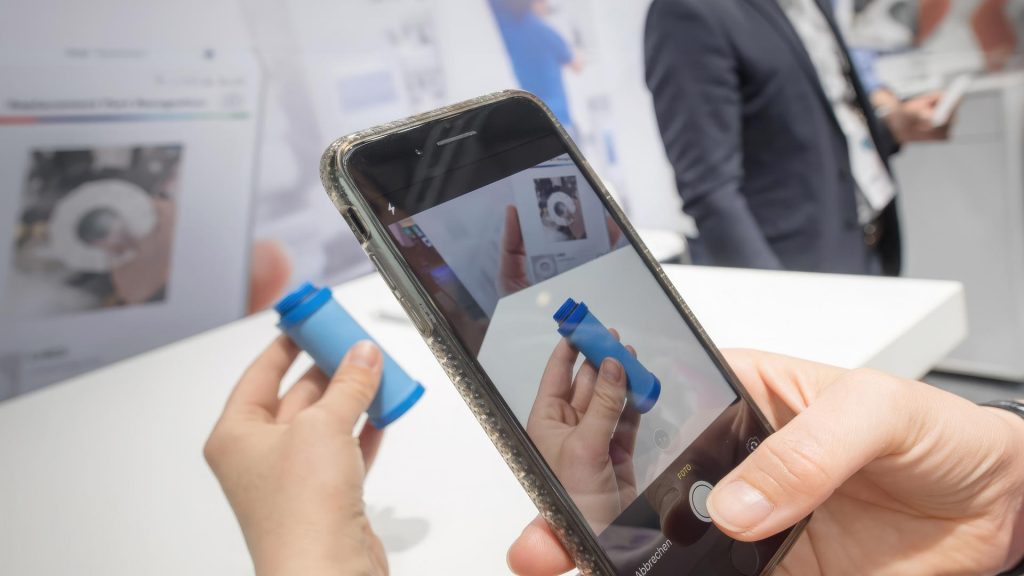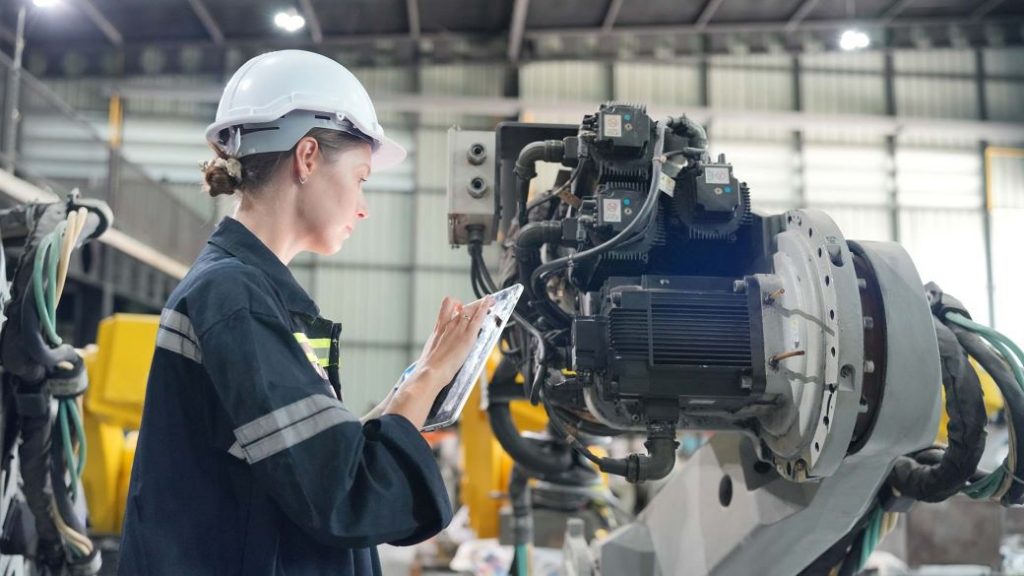Dennis Stapp
Smart Products
How to make the most of artificial intelligence to quickly identify parts and minimize downtime: When a production line shuts down because of a faulty component, the right replacement has to be found straight away. But sometimes that part is hard to identify, particularly when the defective component has been contaminated, damaged, or is one version among many. We teamed up with Bosch Cognitive Services to solve that problem with an AI-driven solution engineered to simplify and expedite the process of object detection.

Downtime is expensive. A defective component that stops a production line has to be removed and a corresponding spare part quickly and easily identified and procured. Effective spare parts management is therefore crucial to minimize downtimes and ensure productivity.
It is not unusual for production lines to draw on tens of thousands of different types of parts. Finding the right spare part often requires experience, help from colleagues and comparing the defective component with spare parts on the warehouse shelves. Parts that are very rare, small, dirty or even damaged are even harder and more time-consuming to identify.

In collaboration with Bosch Cognitive Services, we have developed a solution that significantly simplifies and speeds up spare parts identification using a cloud-based neural network. All the maintenance technician has to do is take a picture of the bad part with a smartphone or tablet, or upload an existing image to the cloud. The solution generates a list of possible parts based on this image. Candidates pop up in a matter seconds of along with their ID codes and locations. Finding the right part could hardly be any easier: Say goodbye to lengthy and costly searches, and hello to ultra-fast identification. This object recognition and identification routine works even when parts have been contaminated.
A digitization machine serves to readily capture and display a multitude of different parts. At the touch of a button, it automatically photographs parts from various angles and uploads the images into a database. Advanced computer vision algorithms then use the captured images to train AI models to recognize spare parts. Maintenance technicians can access these models via an app on a smartphone or tablet, which also puts search suggestions at their fingertips. And there is fringe benefit: The images generated by cloud-based image preprocessors can be ideally used for e-commerce collateral. For example, they can serve to assemble parts catalogs featuring pictures of products shot from different angles and even 3D images.

With its expertise in machine learning and cloud architecture, ITK has made a crucial contribution to developing a future-proof, end-to-end solution. For example, the training of networks can now be almost entirely automated.
Julian Weiss, Bosch Cognitive Services
This end-to-end solution enables maintenance technicians to identify and locate spare parts quickly and easily using nothing fancier than a picture – no special equipment needed. This saves time, reduces downtime, and cuts costs. On top of that, the neural network can be trained on a vast range of spare parts classifications. Some networks operating today can already distinguish among up to 20,000 classes of spare parts.
This object detection process is so highly automated that staff will soon be able to train the network for new use cases with a single mouse click – even without special machine learning skills or knowledge of cloud computing. And these spare parts ID capabilities can made available as a service to other companies. Those enterprises will benefit – and so will the service provider as the reach of this solution expands.